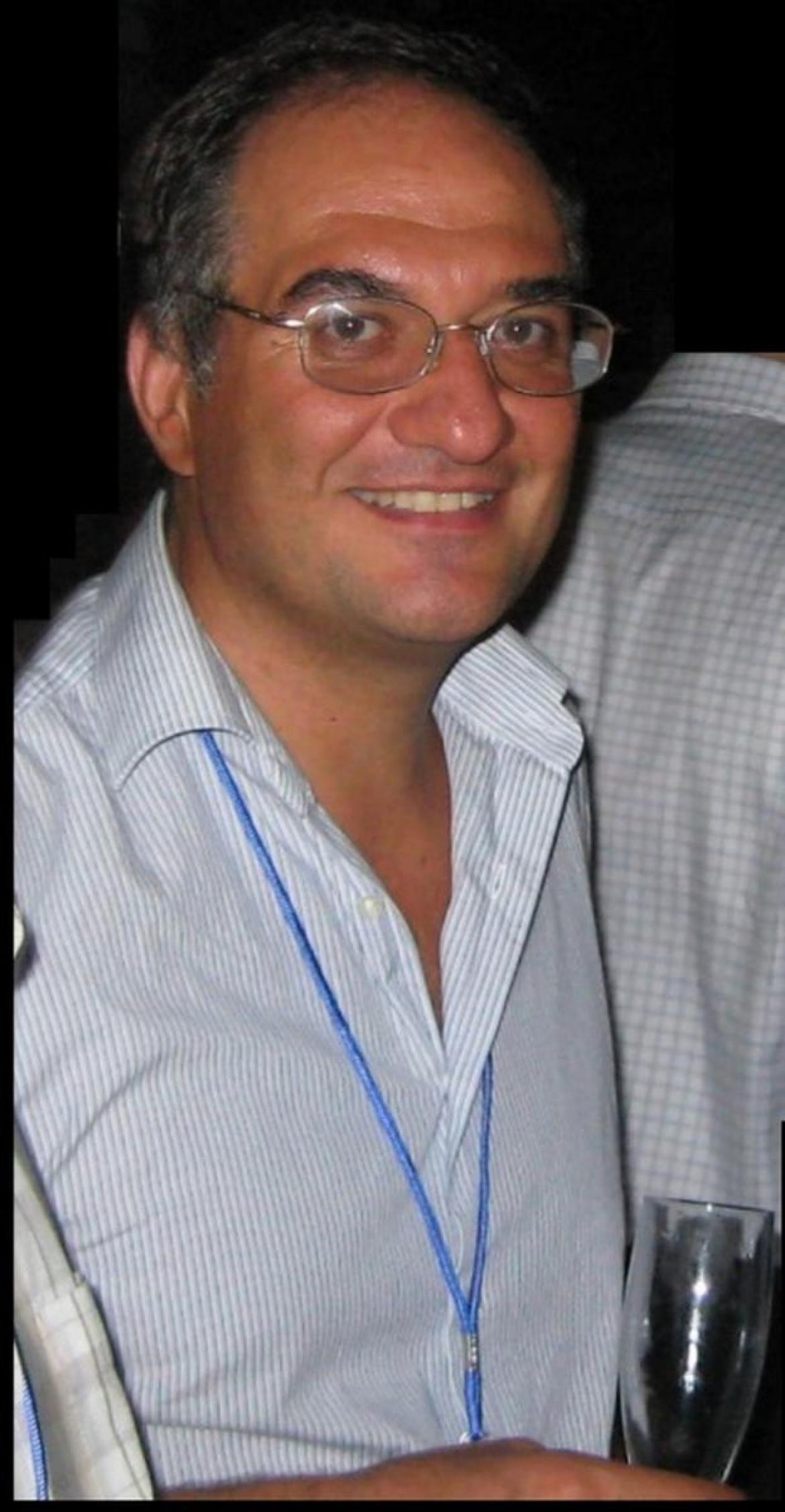
The Institute for Microelectronics and Microsystems remembers his colleague and friend Vito Raineri, who prematurely passed away ten years ago, in January 2012.
Vito obtained his M. Sc. Degree and PhD in Physics at the University of Catania in 1987 and 1990, under the supervision of prof. Emanuele Rimini. Then he was visiting scientist at AMOLF (The Netherland) in 1990 and at IMEC (Belgium) 1992-1993, before joining as a researcher the permanent staff of CNR-IMETEM (now IMM). He became Senior Scientist in 2001 and Research Director in 2007.
During the first years of his scientific carrier, he conducted important studies on the channeling implantation of dopant impurities in silicon, studying the mechanisms of voids formation by He-implantation and metal gettering, which can find application in lifetime control in devices. On these topics, he was the general chairman of the conference GADEST, held in Catania in 2001.
Following his experience in these research centers, he introduced the Atomic Force Microscopy and related scanning probe techniques (SCM, SSRM, C-AFM) for nanoscale resolution carrier and resistivity profiling in semiconductors and leakage current in thin insulators. In this context, he was responsible of the IMM Unit within the European project HERCULAS (2000-2003), coordinated by IMEC, aimed at assessing the electrical scanning probe techniques.
Thanks to the collaboration with prof. Gaetano Foti of the University of Catania, he introduced the silicon carbide (SiC) research in our Institute in 1996, starting a fruitful collaboration with STMicroelectronics on this topic. The important research activities on Schottky interfaces carried out within his group resulted in the fabrication of the first high-voltage SiC Schottky diodes in the clean room of IMM in 2002, which was a fundamental milestone and, then, a successful example of technological transfer from a public research center to a private company.
Since 2004, the activities on wide band gap semiconductors were extended also to gallium nitride (GaN) and related heterostructures. The first studies on Schottky diodes on GaN, carried out in the framework of the National Project FIRB-RF, opened new horizons for the application of this material for high-power and high-frequency devices, owing also to the unique possibility of growing it onto large-area low cost silicon substrates.
In parallel to the mainstream research on wide band gap semiconductors, in these years Vito promoted with his group further new research lines, leading to important results and international recognitions.
In 2006, he was the coordinator of the European Project NUOTO, focused on the synthesis and advanced characterizations of new materials with ultra-high-k dielectric constants (e.g., Pr2O3, CaCu3Ti4O12).
Starting from 2009, he initiated a fruitful research activity on graphene electrical properties and, from 2010 to January 2012, he coordinated the project GRAPHIC-RF, funded by the European Science Foundation and focused on graphene on SiC for high performance RF devices.
During these years, he continued an intense collaboration with STMicroelectronics and other important National and European partners, on SiC and GaN transistors (MOSFETs and HEMTs), especially in the framework of the initial stages of the projects PON Ambition Power and ECSEL-JU Last Power, until January 2012.
Noticeable was also his academic activity, as he gave regularly University courses on Nanoscience and supervised several Master and PhD thesis. In 2007-2010, he promoted an international PhD program on Nanoscience at Scuola Superiore of the University of Catania.
He coauthored more than 350 papers in international journal and conference proceedings, several review papers and book chapters, and 7 patents.
His last papers, published after his death by his co-workers, were related to epitaxial gate dielectrics on AlGaN/GaN heterostructures and nanoscale characterization of graphene electronic properties.
Vito was great scientist and a guide for many researchers, bringing them a great motivation in setting ambitious research objectives to overcome the state of the art. After ten years from this great loss, we remember his hard work and the great contribution for the growth of our Institute.

